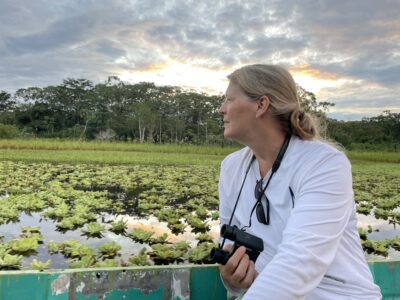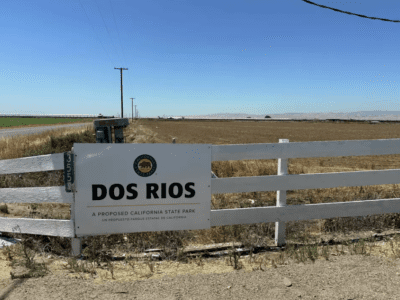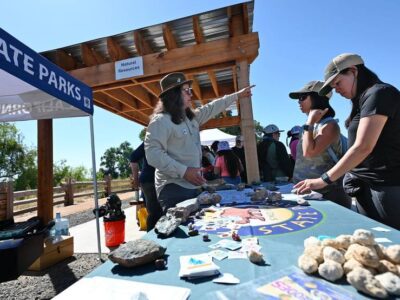There’s visual beauty at the Otay River Delta, but people are drawn to this newly restored wetland area because it is also a place of sound. Here, visitors have a good chance of hearing something remarkable, a song that’s been absent for decades.
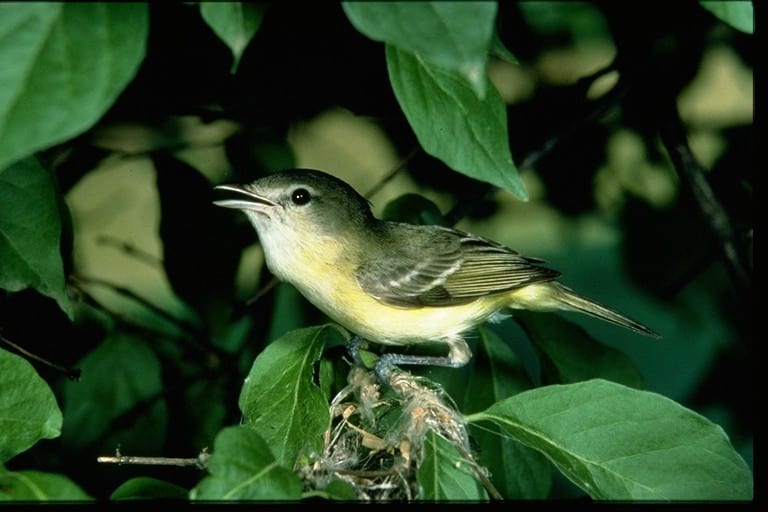
The least Bell’s vireo is tiny, but it’s not shy. At River Partners’ 65-acre Otay Delta restoration site in the San Diego Bay National Wildlife Refuge, it’s not only possible to hear the call of this endangered songbird, it’s even likely. “They’re very vocal,” said Emma Havstad, restoration ecologist for River Partners. “One of the neat attributes of the Otay Delta project is that while the species is rare across its range, it is locally present. A casual observer that knows the song and visits at the right time of year would be likely to see it.”
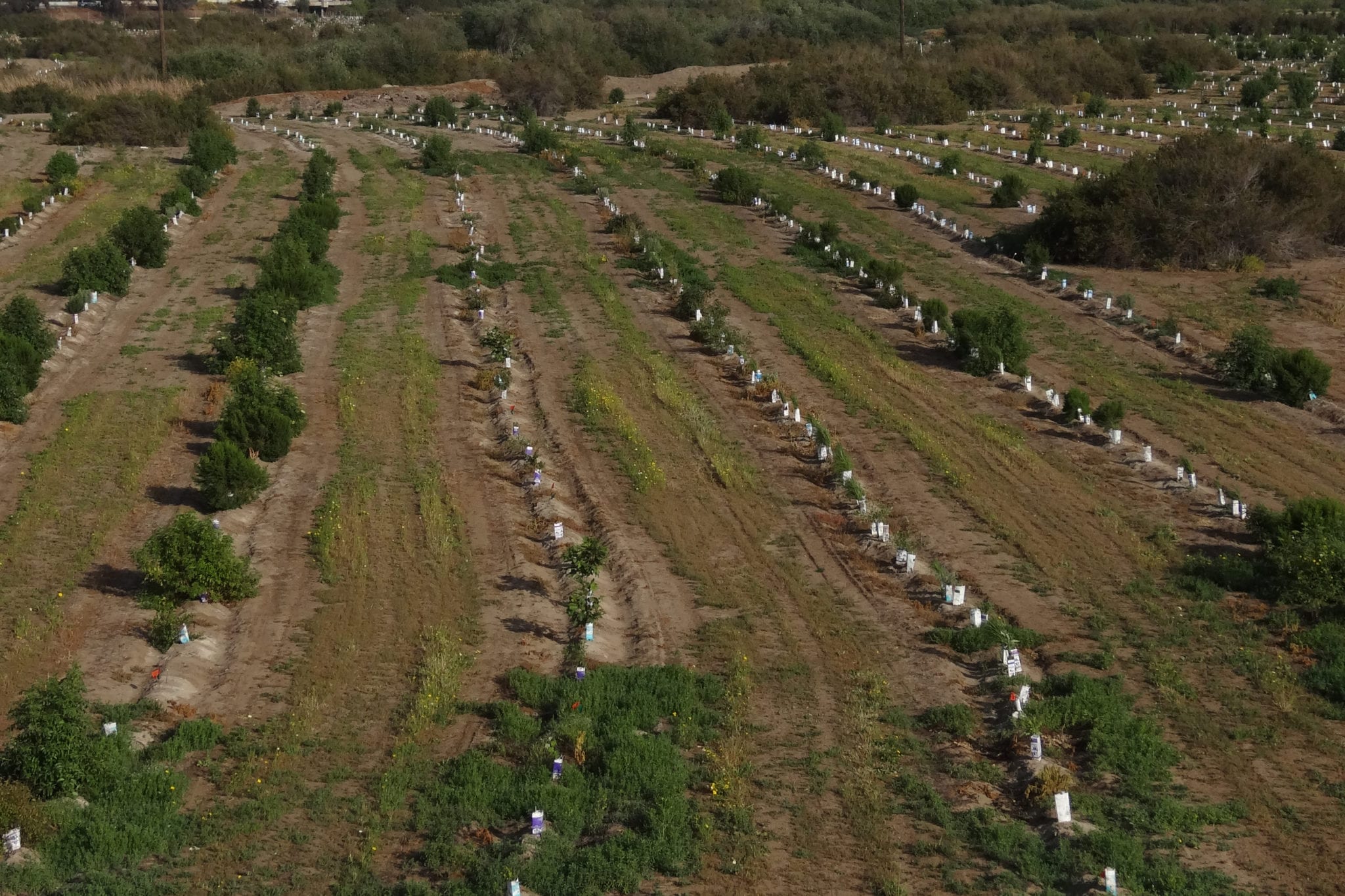
A restoration success story
The least Bell’s vireo was once common in California, ranging from the northern end of the Central Valley all the way south to Baja California, and east to Death Valley. As dams went up and riparian land was cleared for agriculture, the species was pushed out of its native range, and by 1986, there were only an estimated 300 breeding pairs remaining in California.
Today, thanks to habitat recovery efforts, the least Bell’s vireo is making a slow but steady comeback. By 2004 the state’s population had rebounded to an estimated 2,500 breeding pairs, and River Partners’ Otay Delta site is one of many places where vireos are responding. Farther north, at the San Joaquin National Wildlife Area, a pair of nesting Least Bells vireos was discovered in a tree River Partners planted, 60 years after the species had last been seen in the San Joaquin River watershed.
The least Bell’s vireo’s story is an inspiring example of successful habitat recovery, but this little songbird is only one of hundreds of avian species that are in critical danger.
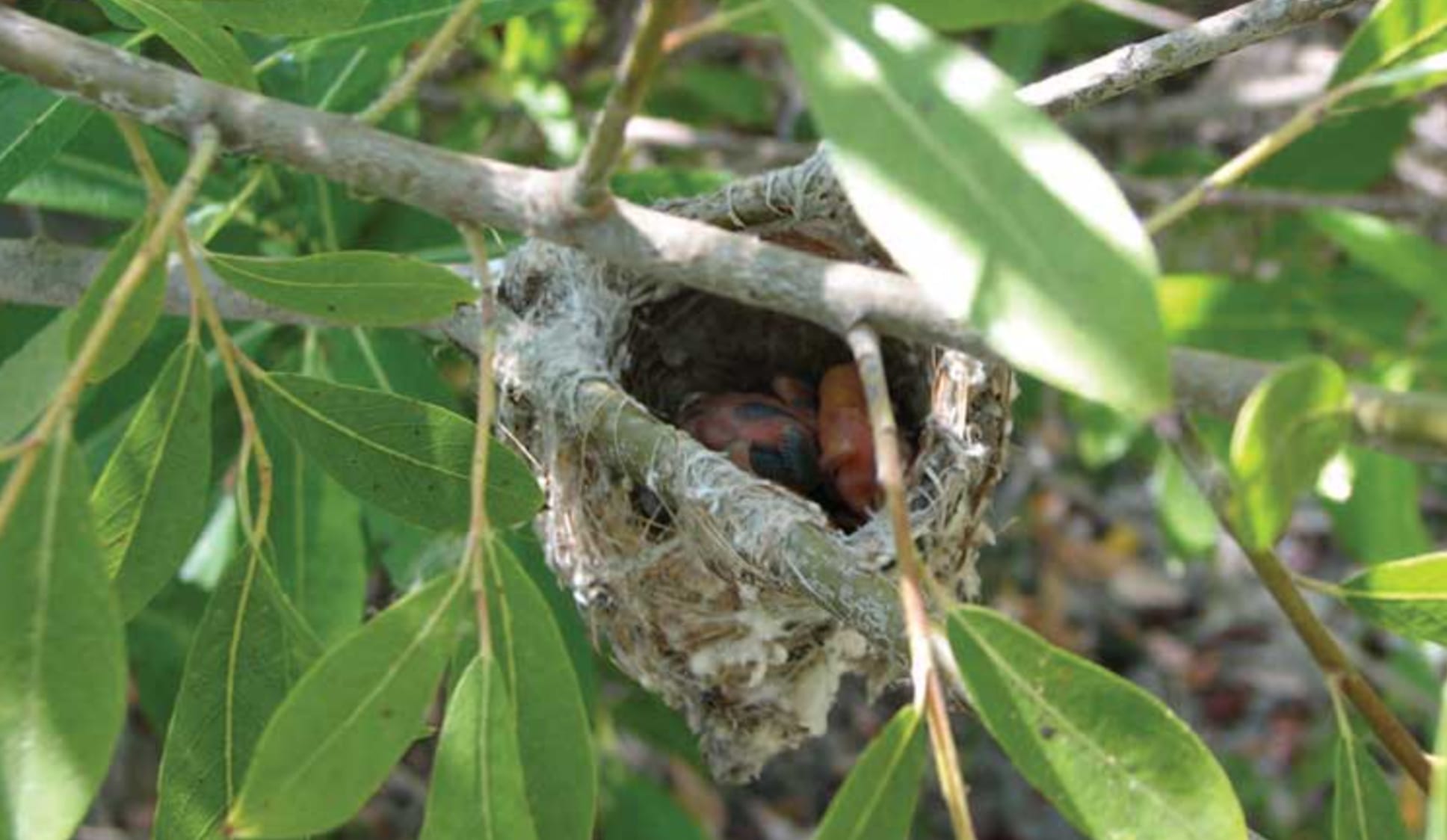
Alarming news
In September 2019, Audubon and the North American Bird Conservation Initiative released the results of two major bird population studies, which revealed the startling truth about the health of North America’s birds:
In the past 50 years, the population of birds across North America has experienced a devastating decline. Three billion birds representing nearly 30% of the total population in North America have disappeared from the skies. Habitat loss is one of the strongest contributing factors.
These facts are particularly sobering in California, which is considered a global biodiversity hotspot yet has lost 95% of its riparian habitat. Like the rest of North America, throughout the state we are still losing native bird habitat faster than we can restore it.
Living laboratories for bird recovery
In two decades, River Partners has restored more than 13,500 acres of protected riparian habitat, and research supports the effectiveness of our approach. A 2017 study by Point Blue Conservation Science showed that restored habitat increases both species richness and bird abundance, which continue to build over time as the restored sites age and grow.
Resilient landscapes make for resilient species, but it takes some finesse to recreate habitat in a way that will attract and support native birds. The original riparian forest is gone, and no one is 100% sure what these landscapes looked like before humans cleared and converted them.
“The first step is to make a list of plants we want in our plant palette,” said Havstad. “When the number of birds was really low, researchers looked closely at the remaining habitat to see what the species were using.” That data was used to create a restoration plan that estimated the type and number of riparian natives to plant on the site.
Attracting the least Bell’s vireo was a multistage process. “What they found was vireos were using the newer restoration sites for foraging, but they were nesting in the older riparian forests,” said Havstad. It’s more complicated than that, though. “They like to build their nests on shorter shrub layers. But if the taller trees grow and form a fully closed canopy layer, often the shrub layer dies out.”
Maintaining good vireo habitat, River Partners has learned, requires regular flooding events. Vireos prefer stands at a particular stage of growth, and flooding removes parts of the stands so the forest isn’t all the same age. “Designing these sites takes a combination of research and trial and error,” says Havstad. “There is some art more than science to it sometimes.”
Today at the Otay River Delta, the skies are full of returning native birds. It isn’t just the least Bell’s vireo that’s come back to this place, there has also been a two to five-fold increase in the total number of birds living in and using the site, and a two-fold increase in the number of species that can be seen here. The Otay Delta is an ideal spot for bird watchers to see a variety of other natives — the boldly-patterned downy woodpecker, the colorful and charismatic blue grosbeak, several raptor species including the northern harrier and the red-shouldered hawk, and many more.
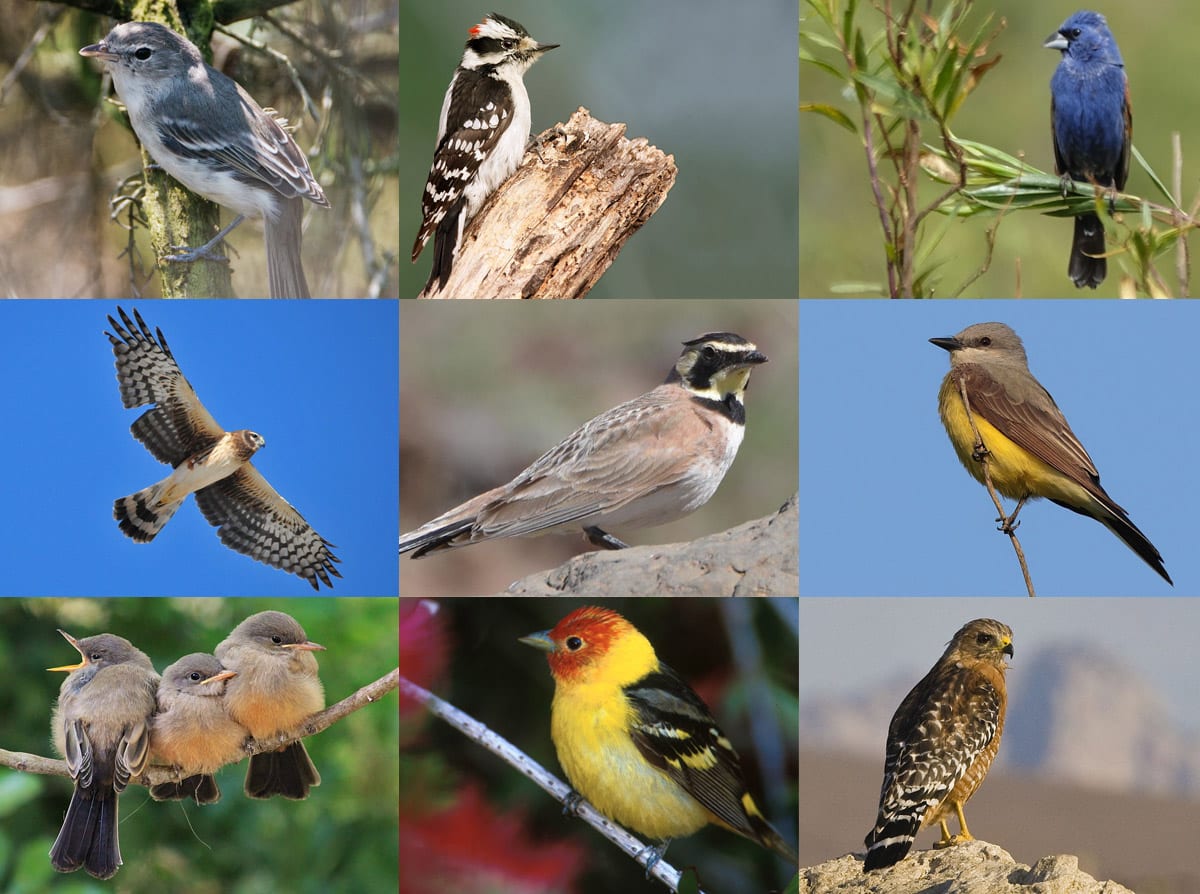
“Western Tanager” by Gary Kramer/USFWS is licensed under Creative Commons CC0 License. “Red Shouldered Hawk” by Mike Baird is licensed under Creative Commons Attribution 2.0 Generic.
Building on our success
Our warming climate has altered the strategies of conservation groups all over California. Past initiatives have demonstrated that passive conservation isn’t enough. To protect species, we need to quickly adapt our approaches as ecosystems are changing.
“To fight back against the devastating decline that bird populations have experienced over the past century, we need to increase the pace of restoration and restore more acres of disconnected and degraded riverside lands. Importantly, we need to closely track the performance of restoration projects over time, and continue to adapt our approach to optimize bird response, now and into the future.” – Julie Rentner, River Partners President
There is significant public support for large-scale ecological restoration. Hundreds of millions of dollars in recent state bond measures earmarked for restoring our landscapes demonstrate that Californians support urgent measures to safeguard species diversity in our state.
Living laboratories at sites like the Otay River Delta and other restoration projects yield essential data that guides our environmental agencies and resource leaders to take critical and bold action needed for species recovery. Over two decades, we have proven the concept: if you restore riparian landscapes, birds will return. To hear this for yourself, just listen for the song of the Least Bell’s vireo.


